How to sew a zipper into a pillowcase?
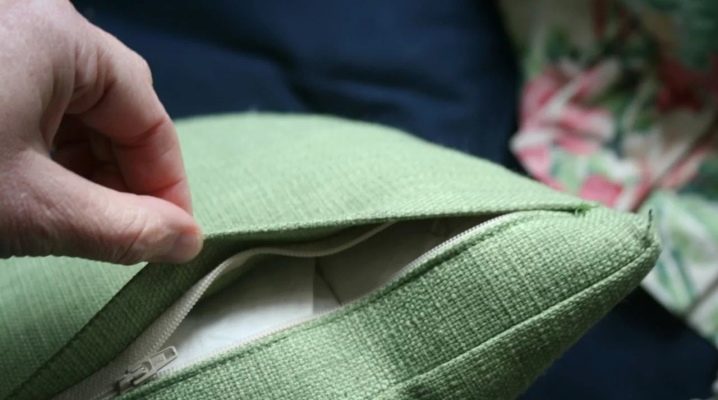
The pillowcase is an indispensable element of pillow protection, which is present in any set of bedding. This part of the bedding set can tell a lot of interesting information about its owner. For example, about the preferred style. Based on the state of the pillowcase, one can assume what kind of life its owner leads, how often he is at home, whether he is a good owner.
A very interesting fact is the condition of the fabric. Pillowcases that have lost their presentation are more often used for sleeping, since the material becomes soft and pliable from frequent washing.
In addition to sleeping pillowcases, decorated fabrics for decorative pillows have become quite popular. Their peculiarity lies in the presence of a zipper for fastening.
Modern housewives are trying to move away from the habit of purchasing similar goods in the store, and more and more prefer to make a pillowcase with their own hands, choosing a harmonious pattern of material for the interior of the room.
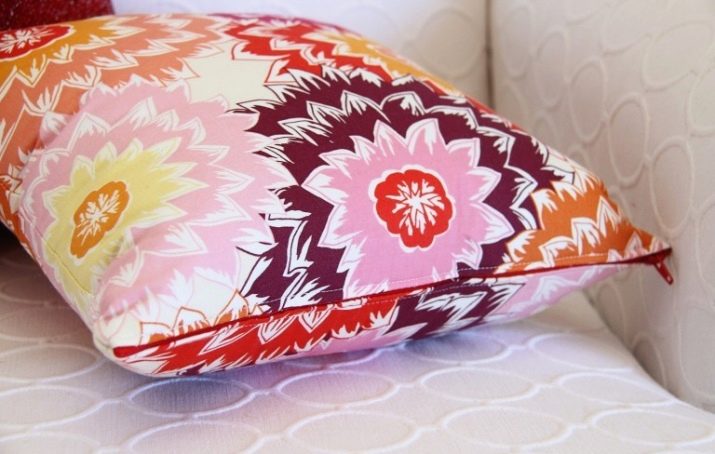
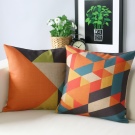
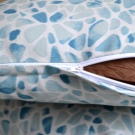
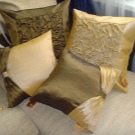
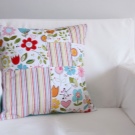
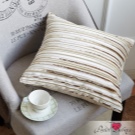
Lock fastening methods
Before starting the main work, you need to familiarize yourself in detail with the process of sewing a pillowcase. Understand what materials to use. Understand the nuances and intricacies of the selection of fabrics, choose the right zipper. Then you need to decide on which side the lock will be sewn in, the bottom or the side part.
For decorative pillows, a side fastener is generally assumed, and for a sleeping element it is preferable to make a lock with a secret fastener.
After starting the sewing process, the zipper must be fastened to the fabric. For those who prefer to sew by hand, you can use ordinary threads to fix the lock. But for more confidence and strength, it is better to use pins.
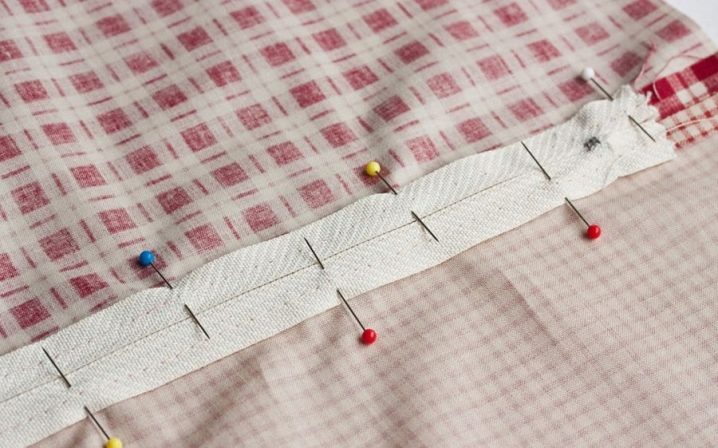
Any housewife can correctly sew a secret zipper into a pillowcase, spending a minimum of her time. But the final result will last a long time. It is not without reason that they say that what you have done with your own hands lasts for centuries.
Required tools and materials
In modern life, zippered bedding sets have greatly facilitated the work of housewives. The blanket in the duvet covers does not slip out, but keeps tightly on the presented area. Zippered pillowcases evoke separate feelings of convenience and comfort. The pillows stay in shape at all times and do not need to be fluffed before bed. In addition, sewing pillowcases is not difficult, the main thing is to properly prepare the required material.
- Textile. Initially, you need to choose a color. For example, for decorative pillows, you need to choose a colorful fabric. In the crib, respectively, soothing shades. Before you start creating, the fabric material must be washed. After washing, it will shrink and it will be easier to sew from it.
- Lightning. The length of the lock should be ten centimeters less than the required side of the pillow.
- Threads. For the selected fabric, you must select the appropriate shades of thread. If the material has bright colors, the most catchy shade or neutral is best. For soothing tones of the fabric, match threads are chosen.
- Sewing accessories. The most important is the sewing machine. Do not forget about scissors for cutting threads, and pins for fixing the zipper to the fabric material.
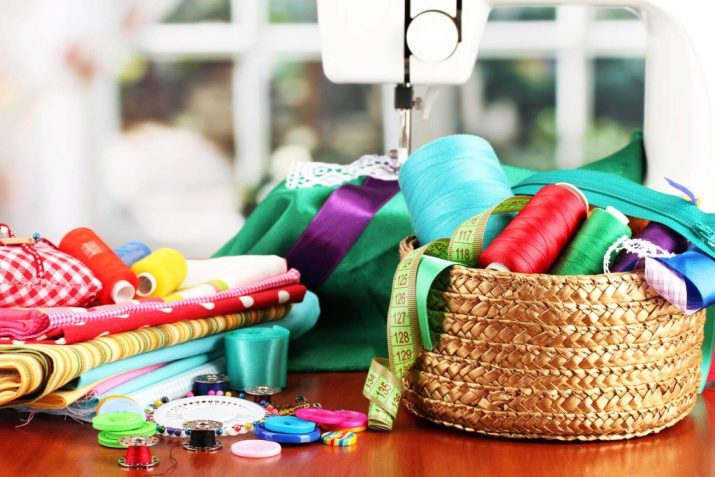

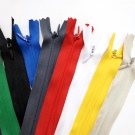

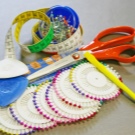

Progress
In order to understand and delve into the intricacies of the process of sewing a pillowcase with a secret lock, it is enough to carefully read the recommendations of experienced craftsmen.
In the instructions for beginners, each stage of the work is indicated step by step.
First, you need to cut out two pieces of fabric to represent the front and back of the pillowcase. In order not to risk it, you should add one and a half centimeters to the size of the pillow on each side to create a seam.
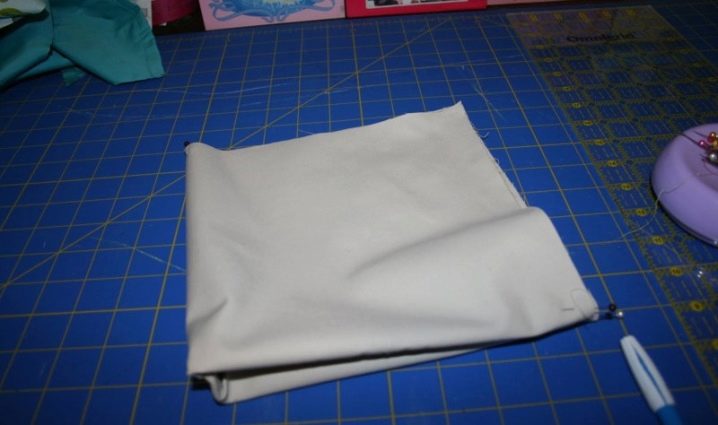
It is best to use a sewing cutter to get a straight cut. Its peculiarity lies in the round, sharpened blade. If there is no such tool, scissors are taken, and the fabric is cut along the outlined line.
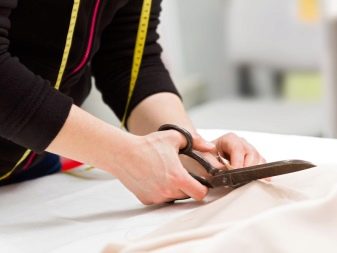
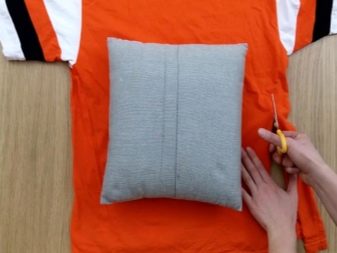
Next, we proceed to fixing the lock. The zipper is applied along the entire edge of the material. Start and end marks are made using a safety pin. It is important to clarify that the marks are placed on the fabric itself; there is no need to pin the lock.
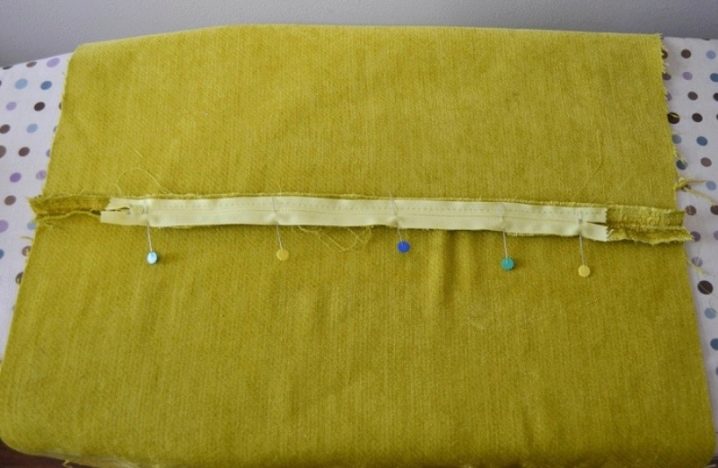
Now you can start the sewing process. The allocated one and a half centimeters for the seam is lowered, and a neat stitch is made from the edge of the fabric to the pin on both sides. It is important that the seam is straight and even. And between the pins, you need to make a stitch line, but in no case do not tighten the thread. After work, you will need to get rid of it, and the tightened thread will gather the material in a heap, which can take a long time to unwind. In addition, the material itself will suffer.
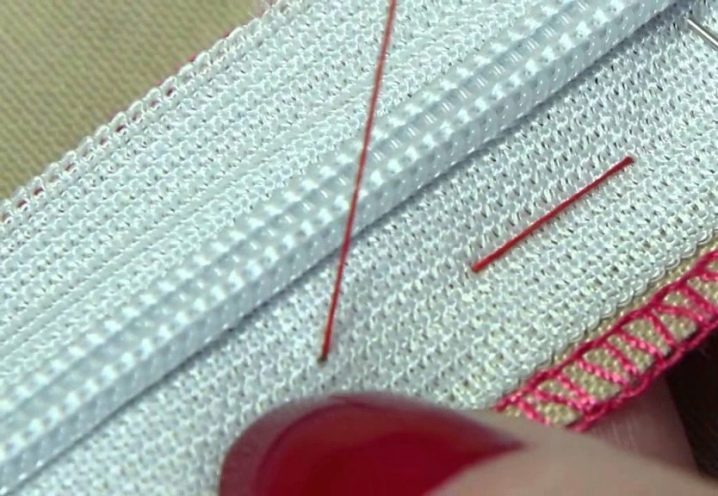
The made seam must be ironed open, and then put a zipper on it. It is important to remember that in this case, the lock must lie face down. Fixation is made with pins, then the sewing machine comes into play.
When placing the lightning in its rightful place, you should use a special leg, which is present in the design of modern sewing machines. The ends of the zipper must be stitched. It is important to note that the thread should be as close to the teeth of the lock as possible. This factor affects the possibility of using a ready-made pillowcase for pillows with any filling, no gaps and folds will spoil the appearance.
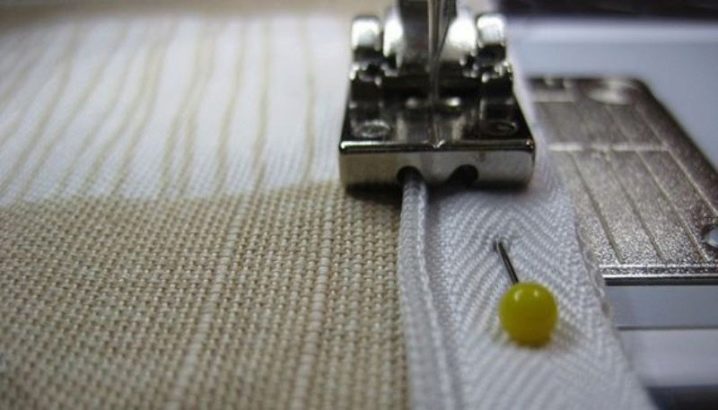
Having reached the clasp itself, it will not work to sew a straight line. To go through this stage of work, you must be very careful. The leg of the sewing machine will have to be slightly raised, the lock will be unfastened, the dog will have to be taken in the direction of the finished seams, the leg will have to be carefully lowered and the sewing will continue. Identical actions will have to be done on the other side.
The seam that was made at the very beginning between the pins must be removed. The thread should be carefully pulled out of the fabric so as not to tighten the seam. For convenience, the zipper should be at least two-thirds open.
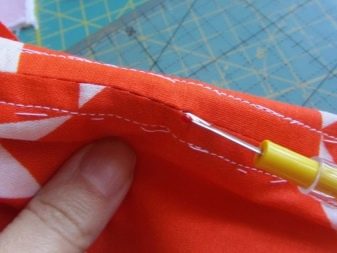

So, the hidden zipper is already sewn into the future pillowcase. It remains only to connect the edges of the fabric. An indent of one and a half centimeters is made on each side, and fixed with pins. Having passed the main distance with a sewing machine, it is necessary to determine what the "ears" should be. For a right angle, it is enough to hold the machine to the end, then just cut off the unnecessary part of the thread. If the tips of the pillow should be in the form of "ears", you will have to work a little. When the main length of the fabric comes to an end, you need to unfold the fabric forty-five degrees, and draw a diagonal line. The remains of the threads are removed with scissors.
The last step is calming. It consists in overcasting the edges of the finished pillowcase. The main thing is not to forget to install a special nozzle on the machine, otherwise you will have to correct the error, which will spend an indefinite amount of time.
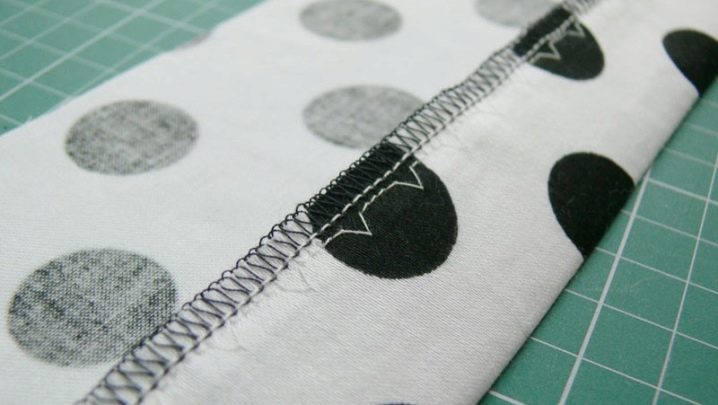
This master class showed that making a pillowcase with a secret lock with your own hands is not difficult. Especially if you have a sewing machine. Those who like to sew with their hands more will have to allocate much more time to get the finished result.
Useful Tips
So that the sewing of the pillowcase does not put the housewife into a stupor, and the final result exceeds all expectations, it is necessary to follow some tips shared by experienced craftsmen.
- Newbies in sewing will need to use a pattern for the first time. Thanks to a pattern of patterns with the required dimensions, it will be possible to accurately prepare the material.
- When choosing a zipper, remember that metal lock systems are unacceptable in this case. Only plastic models or plastic. It is also important to pay attention to the teeth of the clasp. They should not be too soft, otherwise, after a few movements with the dog, the clove may break off.
- All seams must be straight. The front of the pillowcase depends on it. Slightly strayed from the straight direction, the pillowcase will take on a curved appearance.
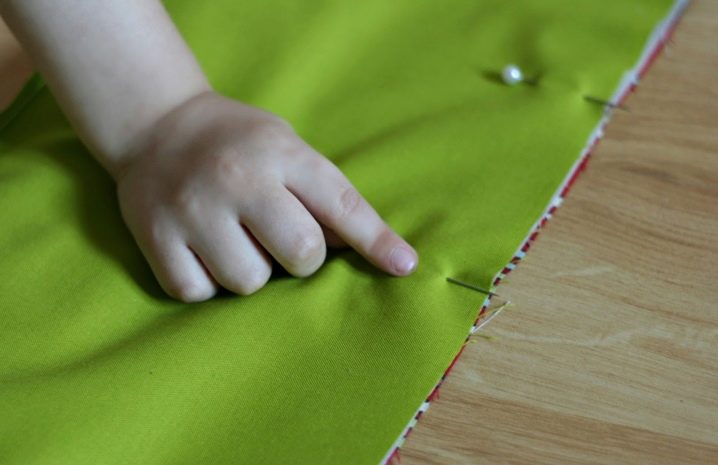
- Before going along the seam with a sewing machine, you need to fix the folded edges with pins or secure with a free thread.
- Measure the prepared fabric several times before cutting the material. Knowing the exact length of the pillow, one and a half centimeters are added on each side. This piece is for the seam.
- When sewing a decorative pillow, it is important to remember that the base is made first. That is, the pillowcase itself is being prepared. After that, additional decorative elements are sewn onto it.
- If the selected fabric of the decorative pillow has a special pattern, then the hostess will have to work hard. Especially when the image needs to be in the center. You will need to make an ultra-precise calculation, and only then start processing the fabric.
- Quite often, safety pins are used to fix the fabric. They are very thin and do not interfere with the sewing machine's foot. But for the convenience of the hostess, it is best to fasten them not in a straight seam line, but perpendicularly. Then it is easier to remove them from the stitched fabric.
For how to sew a zipper into a pillowcase, see the following video.













The comment was sent successfully.